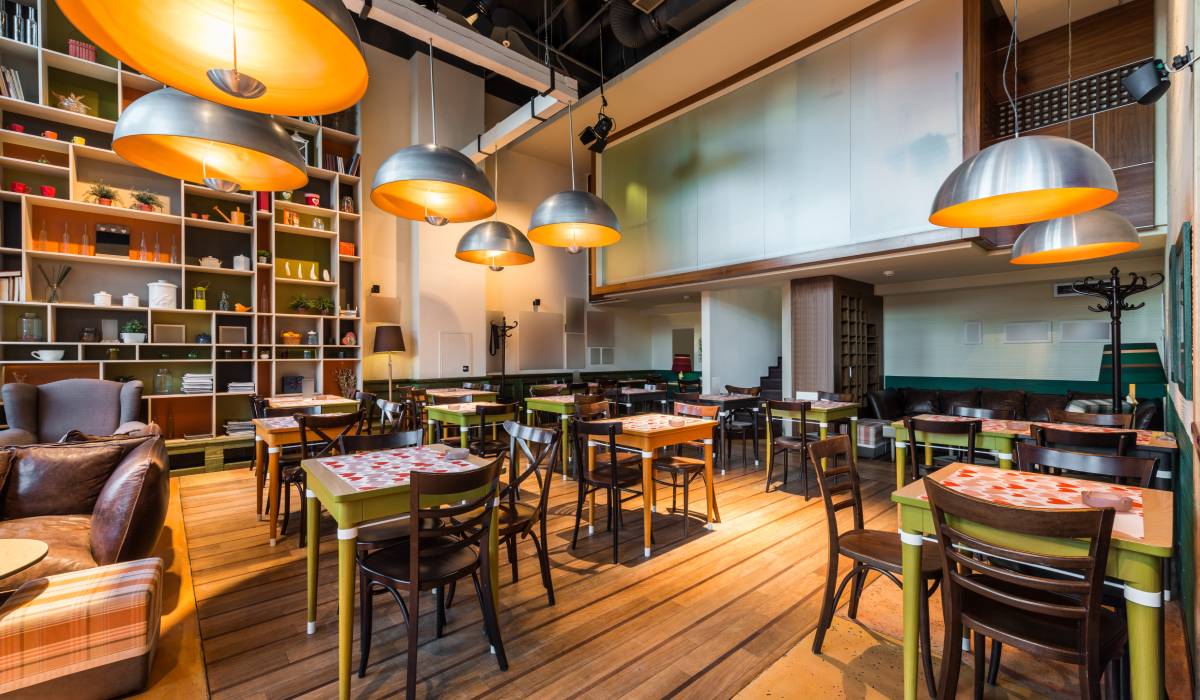Nearly 50 percent of operators feel conditions are worse compared to the past three months, highlighting growing concerns over historic inflation and dwindling profitability.
The results came from a National Restaurant Association survey of more than 4,200 operators conducted July 15 to August 5. A majority don’t expect a return to normalcy in the foreseeable future. In fact, 41 percent believe that will take more than a year, and 12 percent say it will take 7-12 months. Almost 30 percent think business conditions will never return to normal for their restaurant.
“Running a restaurant is a balancing act requiring adaptation and innovation, two areas where restaurateurs excel,” Michelle Korsmo, president and CEO of the Association, said in a statement. “And while operators are more pessimistic about the economy, they are working hard to continue to provide quality and value for customers. Serving great food, providing exceptional service, and creating a memorable experience remains the foundation of every restaurant.”
Much of the pessimism comes from constant inflationary costs. An overwhelming number of restaurateurs say their dues are higher than pre-pandemic totals; 88 percent said as much for food and beverage expenses, 86 percent for labor, 65 percent for occupancy, 80 percent for utility, and 94 percent for operations. To mitigate these challenges, 91 percent have increased menu prices. Overall, restaurant menu prices jumped 7.6 percent in July year-over-year. That’s slightly below June’s inflation, but still near a 40-year high. The price of full-service meals rose 8.9 percent, while quick-service menu prices increased 7.2 percent.
One bright spot for operators is the growing gap between restaurants and grocery stores. For the latter, prices soared 13.1 percent in July—creating the biggest difference between restaurants and grocery stores since the 1970s. Still though, operators are voicing concerns over reducing operating hours, postponing development plans, capacity constraints, and staffing levels. About 24 percent say they’ve incorporated more technology to combat the headwinds, and 16 percent have been forced to cut third-party delivery to save costs.
Roughly 85 percent say they are less profitable compared to 2019. Only 6 percent say they are more profitable.
“Consumers are watching prices rise faster in grocery stores than they are in restaurants and see an increased value in spending their food dollars in restaurants. However, the moderate menu price increases aren’t balancing the surging input costs and this is forcing operators to cut hours, change their menus, postpone expansions, and reduce third-party delivery,” Korsmo said.
In light of these worries, greater financial aid from the government doesn’t appear to be on the way anytime soon. Congress passed the $28.6 billion Restaurant Revitalization Fund in March 2021. More than 100,000 concepts were aided by this capital injection, but another 177,000-plus applied, but received nothing. It was revealed in late July that the Small Business Administration is sitting on $180 million in unused funds, but there’s no timetable or explanation as to how that would be distributed.
About 59 percent of operators received funding from the Paycheck Protection Program, and approximately 48 percent took an Economic Injury Disaster Loan. A little more than 31 percent received a private-sector loan from a bank, credit card, or other entity. Forty-six percent say they can make EIDL principal payments, but not the 30 months of accrued interest. Thirty-one percent say they won’t be able to make principal or interest payments.













